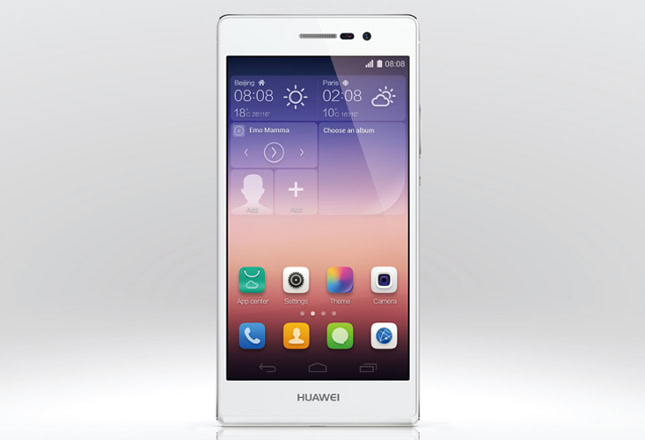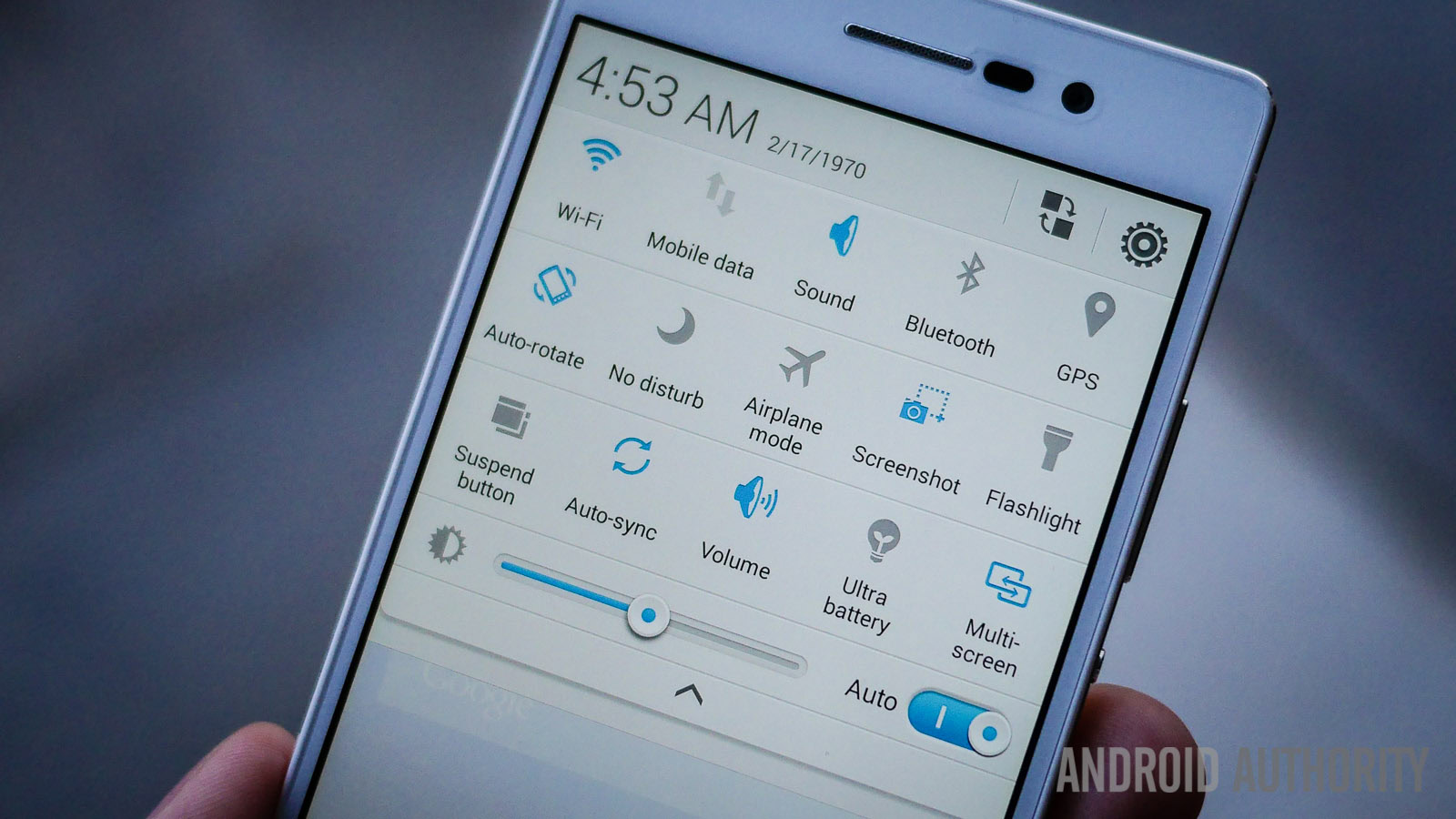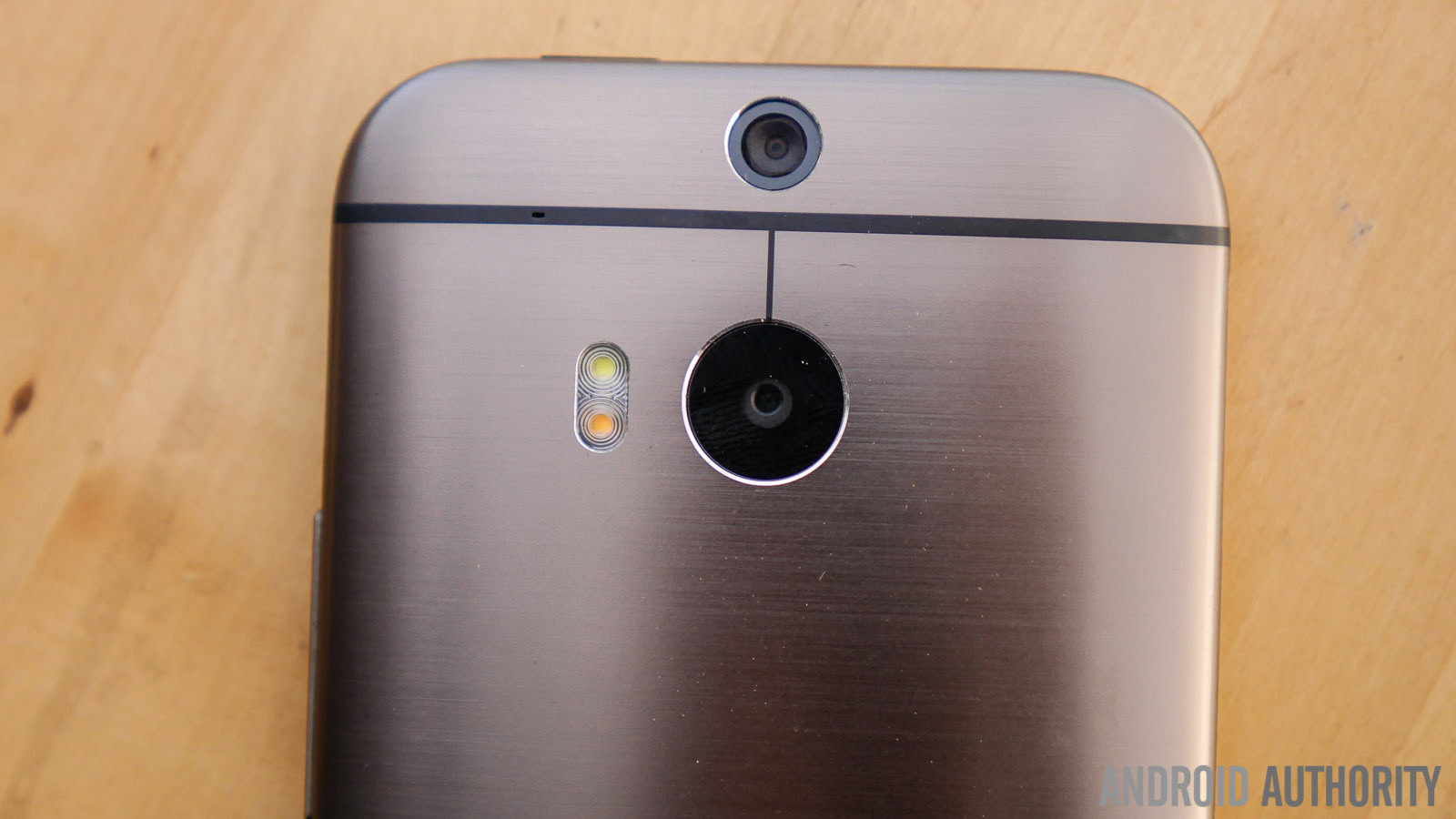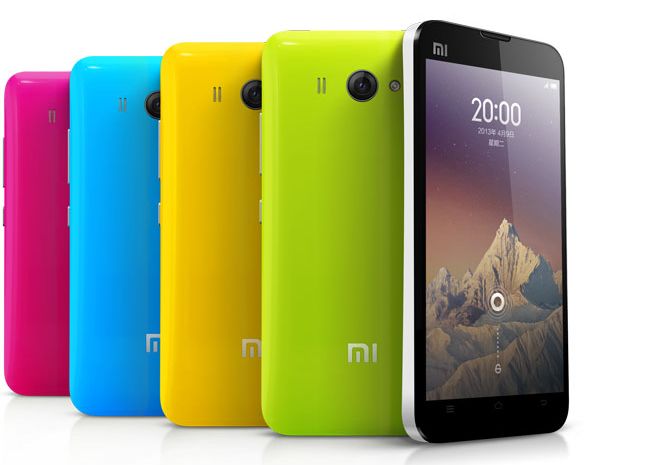Affiliate links on Android Authority may earn us a commission. Learn more.
Hey Xiaomi, it's time to stop copying Apple

The rise of humanity is based upon us taking ideas that people before us have had and finding ways to make them better. In the capitalist system, you can also hit the big time by making products cheaper and undercutting your opponent, but there is a difference between building on something and aping it.
Don’t you just feel a little disappointed when you see something like Xiaomi’s Mi Pad or HUAWEI’s Ascend P7?
We’ve talked about the rising tide of Chinese smartphone manufacturers and we’ve discussed what’s preventing them from breaking into Western markets, but something we didn’t mention is the copycat issue. It feels like a tired cliché to talk about Chinese companies cloning western products, but when you see the Mi Pad next to the iPad mini or the Ascend P7’s “Emotion UI” next to iOS 7, it’s too obvious to ignore.
Mi Pad vs iPad mini 2
If you feel like this is exaggeration, then go and take a look at the MiPad website and compare it to Apple’s iPad mini website. It’s not just copying the visual style. If you translate it you’ll see that the MiPad has an “Extreme retina screen, easy to use screen ratio, 7.9 inches, with the same resolution iPad mini 2”. Further down the page it talks about using the same cover technology as the iPhone 5C.
The hardware inside is different and it runs on a forked version of Android called MIUI, but most importantly it costs $240 for the 16GB version compared to $399 for the iPad mini 2. At the launch, the founder Lei Jun told Reuters “We wanted the hardware to come close to, or even surpass Apple’s iPad.”
Emotion UI vs iOS 7

On the surface the HUAWEI Ascend P7 doesn’t look like an iPhone, although the blend of white and anodized aluminum with chamfered edges is familiar. Take a closer look at the HUAWEI Ascend P7 in our hands-on and decide for yourself.
The real issue here is the fact that HUAWEI’s Emotion UI that sits on top of Android is an awful lot like iOS 7. It does offer a range of different themes, but there’s no app drawer and the pre-installed “Dream” theme looks like a straight copy.

Plenty of differences
Beneath the surface there are lots of differences. Xiaomi’s approach is very different to Apple’s. You’ll find replaceable batteries and a wide range of customization options. HUAWEI offers a huge choice of different visual styles and some truly impressive hardware, on paper at least. The old complaints about poor build quality no longer hold water when you look at something like the Ascend P7.
Pound for pound, or dollar for dollar, the Chinese manufacturers are offering more, which is part of what makes the copying so frustrating. Do they really need to mimic Apple? Is it part of their business strategy? Are they relying on customers who would like to buy Apple products, choosing Xiaomi or HUAWEI because they offer affordable alternatives? If they’re not, then why copy Apple at all?
Think different
The diversity and innovation in the Android scene is part of the reason we love it so much. The premium style that HTCconjured up for the One M8 is unique. Sony’s classic industrial look shines through in the Xperia Z2. LG hasn’t been afraid to experiment with new form factors. When Samsung sought a new design direction, moving away from accusations of copying the iPhone, it created its most successful smartphone to date in the Samsung Galaxy S3.

Can’t we all please move past Apple’s design? It’s not the pinnacle of what’s possible in a smartphone. Blatantly copying elements is self-defeating for Chinese manufacturers if they want to expand into Western markets and be taken seriously. But, then we have to stop and ask whether they do.
It’s hard to imagine Xiaomi breaking into the US market without Apple, and probably others, bringing lawsuits to bear, and few companies have pockets as deep as Samsung’s or the stomach for protracted legal battles. The New York Times article In China, an Empire Built by Aping Apple is almost a year old, and it makes some debatable claims, but it shows a popular perception of Xiaomi in the States.
Like Apple. And Google. And Amazon
The vast majority of the growth in the smartphone market worldwide is in China and the next ten markets Xiaomi is targeting. The average selling price of smartphones is coming down and Xiaomi is especially well-placed to capitalize. It doesn’t need to break into the West to be successful; it has already struck on a business model that’s working well.
Last summer Xiaomi’s CEO told Reuters “If people really want to compare Xiaomi to a foreign company, you can say it looks a bit like Apple. But it’s really more like Amazon with some elements of Google. So take these three companies together and it’s easier to clearly understand what kind of company Xiaomi is. Xiaomi selling mobile phones is like Amazon selling Kindles. So you can understand why we sell them for so cheap.”

The margins may be tighter, but Xiaomi still turns a profit on the smartphones it sells. The Amazon comparison is about the fact that it also offers services and software that it plans to make the real money from. Selling cheap with an eye on market share is a tactic that Google likes as well, whereas Apple doesn’t need iOS to have a commanding market share because it’s already turning such a huge profit from its niche.
Don’t give them ammunition
In an interview with CNN last year Lei Jun said of Apple “They don’t really care about what the users want. They imagine what the users want. Xiaomi is different. Xiaomi’s priority is not revenue, not profit, nor market share. We focus on making the product that makes users scream. ”
Hyperbole aside there’s some truth to this. By selling direct to the public online and creating a real feedback loop with consumers that informs the software and hardware development going forward Xiaomi is listening to its customers and trying to give them what they want at a price that’s lower than the competition. The customization options and value for money are impressive, but if Xiaomi really doesn’t want to invite constant Apple copycat accusations then it needs to stop doing things like the Mi Pad.